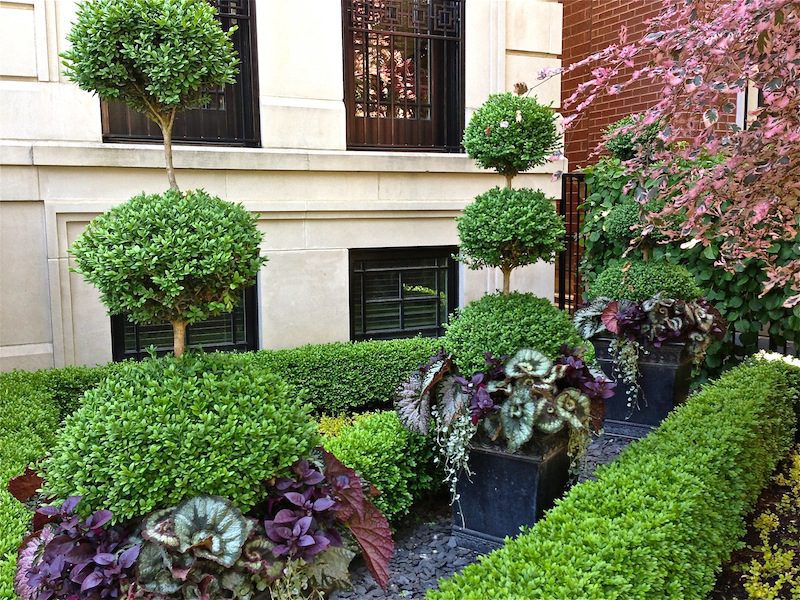Garden planning can help you maximize your budget, so you can build the garden of your dreams. Adding a garden area to your yard or landscaping can improve the value of your home, while providing a tranquil space to enjoy, and the opportunity to grow your own produce. Definitely a win-win situation if you’re a homeowner! Being on a budget doesn’t mean you have to sacrifice design – you can plan your garden in stages and outlay costs a little bit at a time to keep from blowing the bank.

Phase I – Planning
One of the most important parts of creating a garden space is designing the actual layout. This will help you to visualize exactly what you want in the garden and determine what can and cannot fit within your budget or the confines of your yard. Keep in mind the physical space you have to work with, and any potential challenges such as shade, areas where the water drains poorly, proximity to water access, and the natural flow of human and animal traffic. Garden plants need plenty of sunlight to grow, they don’t like their roots to be soggy, and they prefer a little protection from the harsh wind and trampling feet of small children or nosy dogs.
Once the optimal spot in the yard is determined it’s time to tackle the size and shape of garden beds. You can either choose to put in traditional ground-level garden beds or build raised beds. With pros and cons to each option it comes down to a personal preference. Traditional beds don’t have the same costs associated with building them like raised bed do but there are some added benefits to raised beds that make them attractive.

Phase II – Preparing Garden Beds
Details are in place and you’ve drawn up a pretty rough sketch of what you want the garden to look like when it’s all said and done. So it’s time to get started! First things first: constructing the garden beds. Step one is to remove debris and grass from the areas the beds will go. If building raised garden beds this step will take more time and labor initially but will repay you as a homeowner down the road.
After the garden beds have been constructed, it’s important to amend the soil to make sure it can provide the nutrients needed for the plants. A simple soil test performed by a local extension office will tell you if your soil is lacking any nutrients, or the pH is outside of the recommended range. To help improve the structure of the soil, add 2-3” of degraded compost to the soil working it in well.
At this point, your garden is ready to plant! As time goes on you can add the following features to round out the design.
Phase III – Irrigation
Irrigation is a critical part of a garden. To start with you can simply use a movable sprinkler or drag your garden hose around manually watering plants. Installing irrigation systems in your garden is a great way to cut down on labor and increase water use efficiency. Instead of dragging hoses from area to area, or lugging a heavy watering can around, it’s much easier to turn on a hose and run a system that is set up specifically for your garden. Drip irrigation systems are the most effective for vegetable and container gardens and can be as simple as laying soaker hoses around the base of plants. If you’re looking for a more complex system then one can easily be tailored to your garden.

Step IV – Accents and Extras
Now it’s time to add some finishing touches to your garden! You can create paths or walkways through and around the garden to give you easy access to your plants. Some commonly used materials are stepping stones, landscape pavers, or even simple gravel or pea stone. To add extra color and texture to the garden throughout the entire growing season plant perennial accent plants, flowering shrubs, or ornamental grasses. Water features will encourage birds and butterflies to visit the garden, helping to encourage pollination of your vegetable plants and add a focal point.
One of the last things to consider doing is adding a compost bin or pile to your garden. Making your own compost is a great way to break down yard and kitchen scraps while creating a product that will greatly enhance the quality of your garden. Compost will add nutrients and beneficial microbes to the soil while increasing the drainage, and enhancing the soil structure. There are many options available if you want to purchase a tumbling compost bin, but they are not necessary. Having a compost pile in your yard will work just as well. It just needs a little extra help from you. If space allows being able to create your own compost is a great garden addition.
Adding a garden to your yard can bring many benefits to you as a homeowner but doesn’t need to cost a small fortune. If you’re on a limited budget consider planning your garden space in stages to spread the cost out over time. Consult a professional landscape designer for help planning your garden and maximizing your budget.



